Putter Buying Mistakes
BUYING A PUTTER. We think buying a putter should get more attention then buying the irons, driver, fairway woods, or hybrids. Here's why. Putting acounts for about 40% of the swings in a round. Putting is the great equalizer in the game: any player can become good at it. Good putting can help make up for difficulties in getting to the green. Good putting lowers your score, and you remember a low score long after the details of the round fade away. The right putter for you will increase your confidence to make putts, and the game becomes a whole lot more enjoyable and satisfying. We think you should consider the following points to avoid common buying mistakes.
A traditional length putter should complement your address position, and act and feel like an extension of your forearms. An effective address position is essential in fitting for a putter.
Anchoring the putter against your body, either at the belly or higher, requires careful attention to length, weight, and stroke mechanics to get the benefit of this equipment design.
The better your stroke mechanics, the more likely you can be fit with a putter that improves your consistency. The putter should match your putting style.
Knowing the way you see the ball and the target line is an essential step in developing accuracy, but doing the appropriate tests to measure your "putting" vision is largely ignored by nearly everyone. We find it's a key step in putter fitting and in learning efficient stroke technique.
The mental side of putting has attracted plenty of "gurus" and teaching styles. There are simple guidelines to help you sort through this maze, but most importantly we find the mental game improves considerably when you have a correctly fit putter in your hands. The keys to the mental game are developing confidence and learning how to focus.
Schedule a putter fitting with JTClubs and let us know how we can help you.
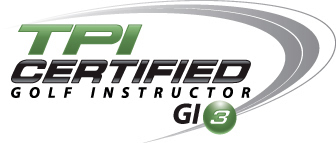
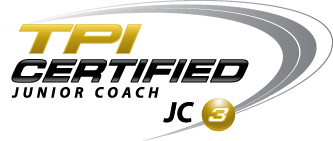


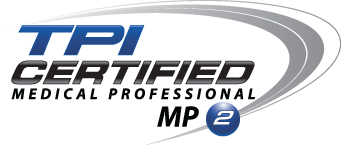

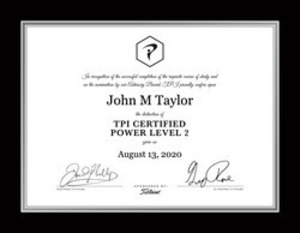


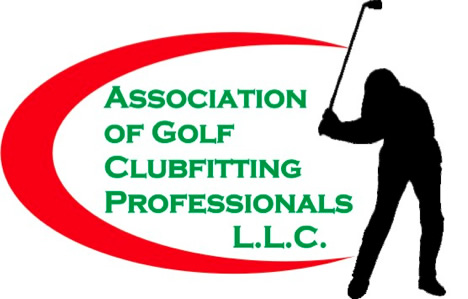

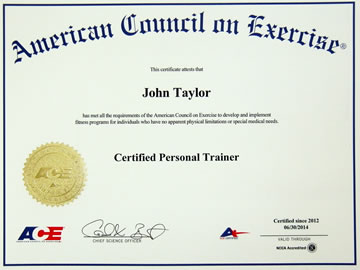
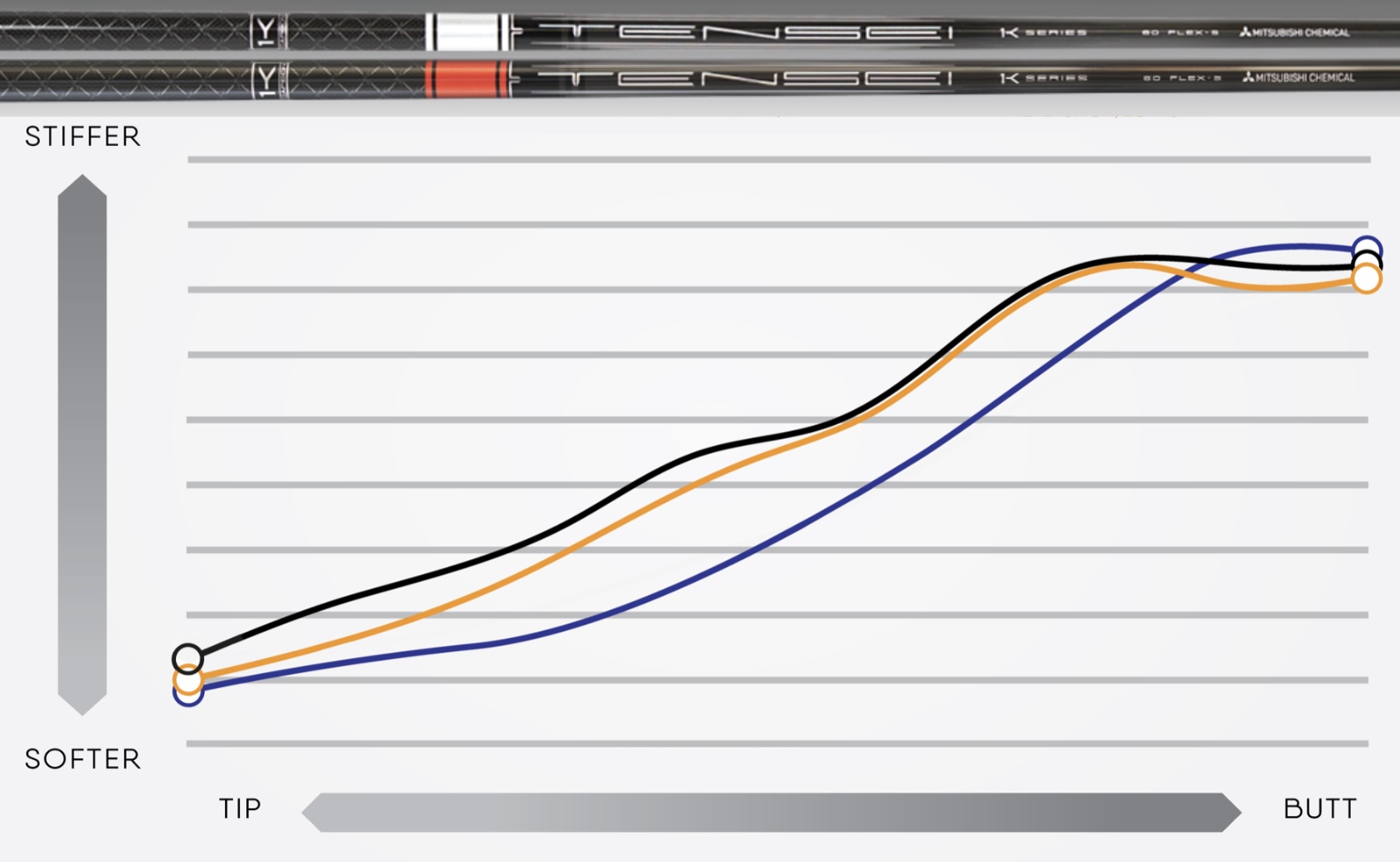
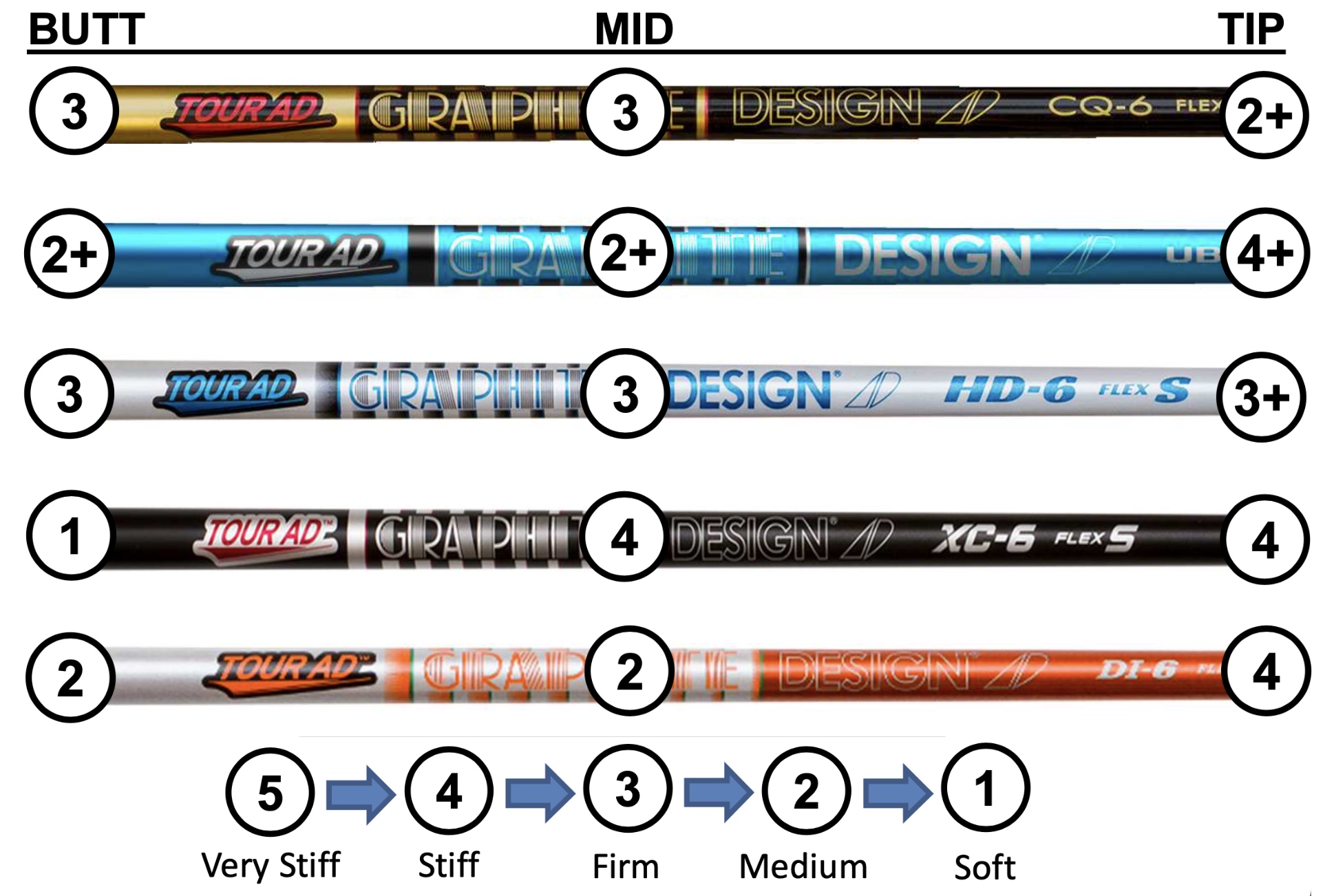










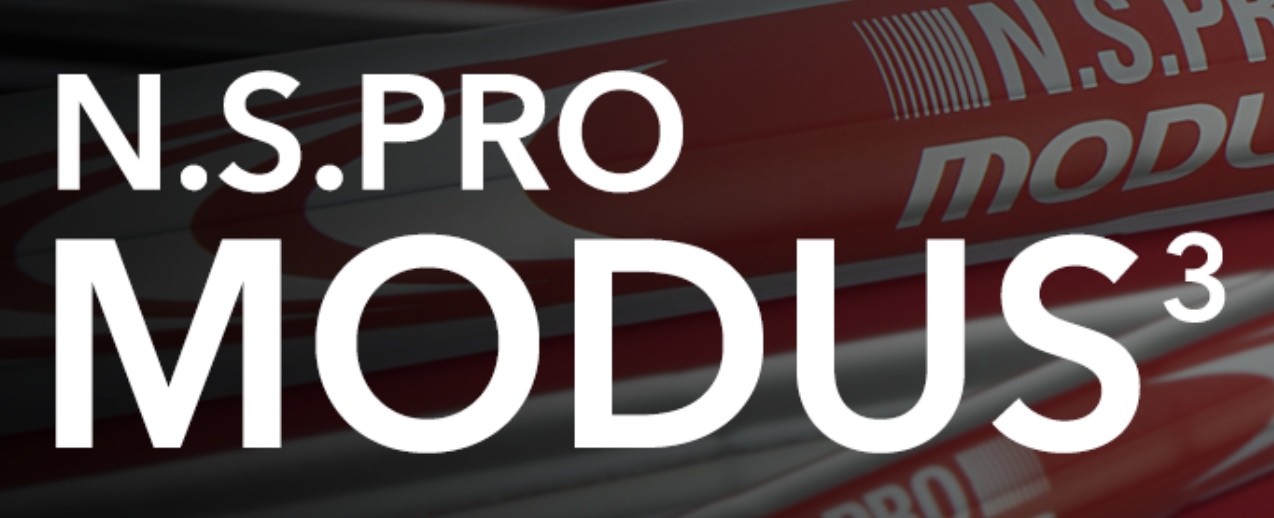


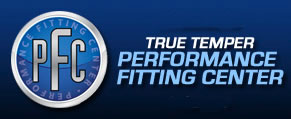

 John Taylor
John Taylor
Reader Comments